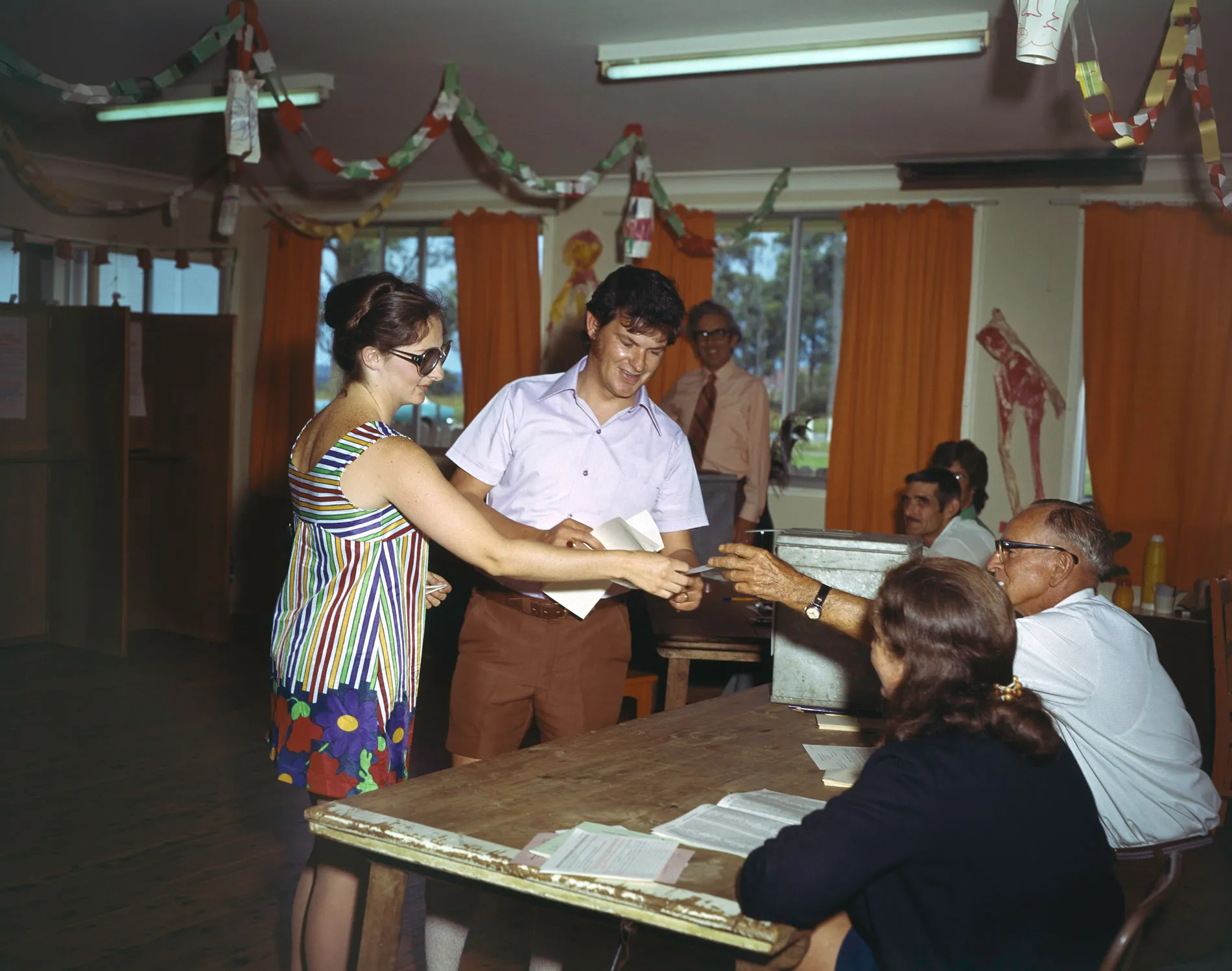Referendums: What are they and why they matter
Referendums give you the power to change the Constitution – the document that governs the government.
Referendums are an opportunity to directly tell the government how you want it to work.
What is a referendum?
A referendum is a national vote where Australians vote yes or no to a proposed change to the Constitution. A referendum is a bit like an election. However, instead of electing members of parliament, voters choose to approve or reject a proposed change to the Constitution by writing ‘Yes’ or ‘No’.
Since 1901, Australia has held 20 constitutional referendums, proposing 45 different changes to the Constitution. Some of the changes we've voted on include whether the federal government should be responsible for social services, if judges in the High Court should retire at 70, if people in the territories can vote in referendums, and if the government should have the power to regulate the cost of rent and wages.
Why do we have referendums?
As the Australian Constitution was written in the 1890s, referendums are an opportunity to change, clarify, or confirm powers in the Constitution.
The authors of the Constitution were aware of the need for flexibility, so they incorporated a way the people of Australia could change it.
Many sections were written so their meaning could be interpreted broadly. The Constitution provides a framework, it does not provide details of implementation. This is how a document over a hundred years old is still applicable today.
Certain sections of the Constitution were written so that the Parliament would legislate on the specifics, for example, the actual salaries of politicians and judges. Otherwise, politicians and judges would still be on a salary of 500 pounds a year.
If the government wants to change the actual wording of the Constitution, it needs Australian voters to vote on the change through a referendum.
The government needs your approval to change the Constitution
Through the Constitution, the Australian government tells the Australian people – ‘This is how we will operate and what you can expect from us. We are going to follow these rules when making laws that we will then ask you to follow.’ Changing the Constitution would change how Australians are governed and therefore Australians need to be okay with those changes.
If the government wants to change the Constitution, it must ask the Australian people whether they agree through a referendum. Referendums are held by the government in order for the Australian people to make a decision in relation to a specific change. A referendum is the only way to change the Australian Constitution.
A referendum needs widespread support through a double majority
The original drafters of the Constitution sought to ensure the government could not easily alter the wording of the Constitution to give itself more or less power.
As a result, for the Constitution to change, the Australian Government needs more than just a nation-wide ‘yes’ vote, they need a double majority. This means that a majority of Australian voters AND a majority of voters in a majority of states (at least 4) need to approve the change. Voters in the territories are counted in the national majority but not the state majority. One reason a double majority is needed is to prevent voters in the bigger states like Victoria and New South Wales from changing the Constitution against the wishes of voters in the smaller states.
The process of a referendum
An idea for a constitutional change often comes from a perceived need to alter the nation's governance. This could be a response to a legal challenge, a societal shift, or a political agenda. Unlike the laws that the Parliament passes, constitutional changes require a more rigorous process, as they alter the systems and rules the government operates within.
To begin the process of changing the Constitution, a bill proposing the constitutional change is introduced in the Parliament. The bill contains the text of the constitutional change. The Bill must pass by an absolute majority in the House of Representatives and then in the Senate before it is put to the people (although there is also a deadlock procedure which allows the changes to be passed by one house only in certain circumstances). This means that more than half the total number of members of the House of Representatives and the Senate must vote in favour of it.
Once the bill is passed, arguments for or against the proposed change are prepared. Members of parliament who voted for the bill can prepare a ‘Yes’ case and those who voted against can prepare a ‘No’ case and these two cases are sent in a pamphlet to voters before voting day.
Then, just like with an election, the Australian Electoral Commission (AEC) conducts the referendum. Voters who are eligible may choose to vote at an early voting centre or an overseas voting centre, or vote by post, telephone, or receive a visit from a mobile voting team.
The majority of people will cast an ordinary vote, which means they'll attend a polling place on polling day and receive a ballot paper with the proposed alteration to the Constitution on it, followed by a question asking if the voter approves the proposed alteration.
The voter must indicate their vote by marking the ballot paper with a 'Yes' or 'No'. After the polls close, the AEC counts the votes.

A scene at a polling booth in the Werriwa electorate during the 1973 referendum.
Photograph NAA: A6135, K18/12/73/38




